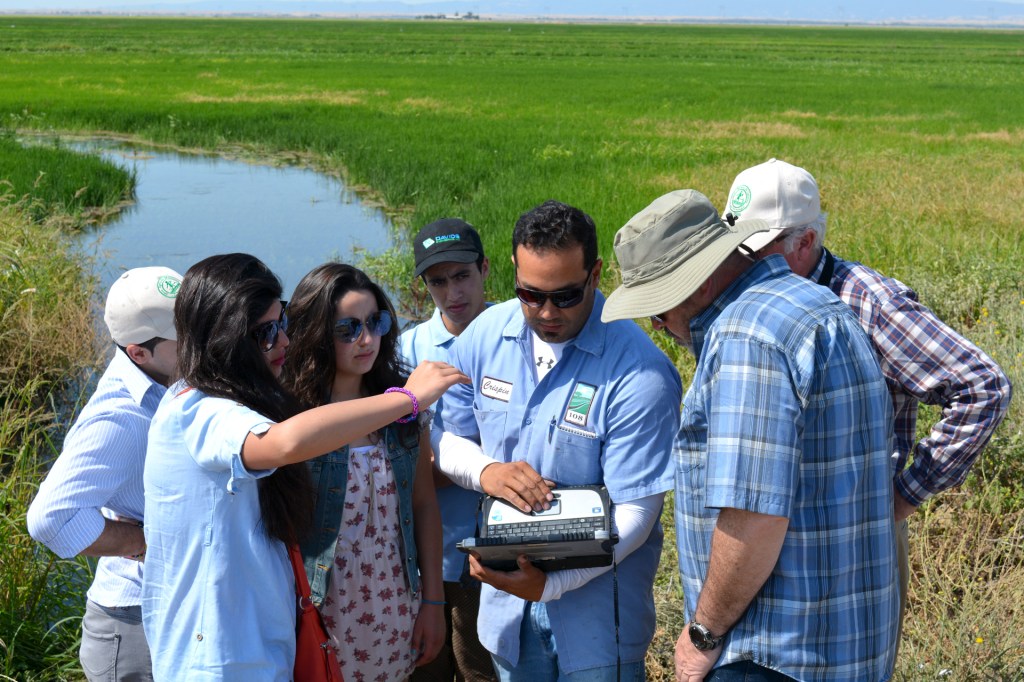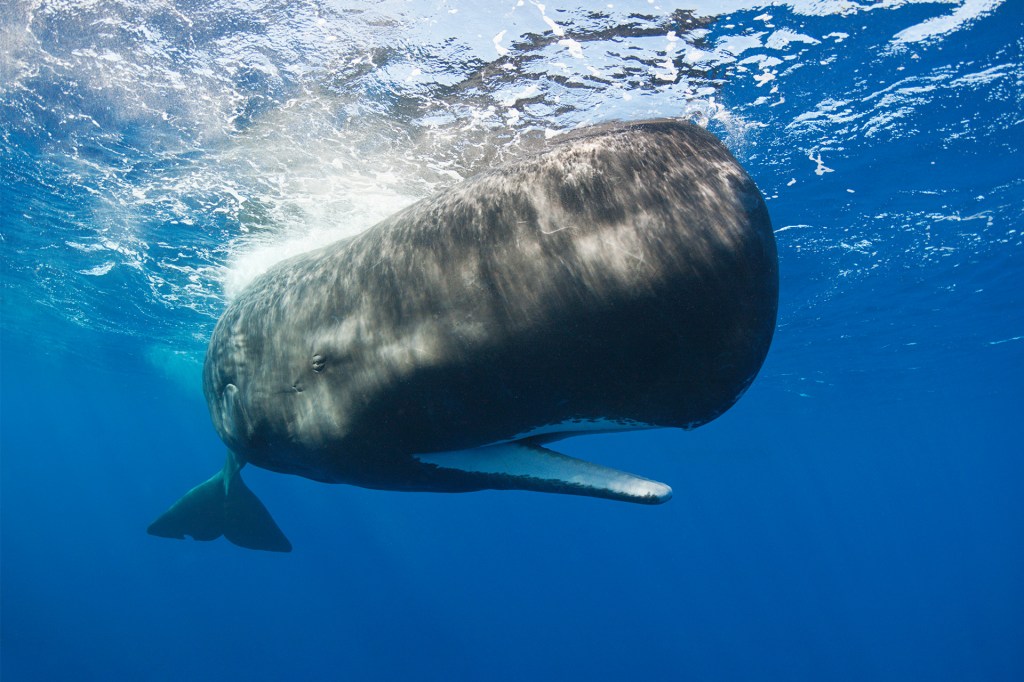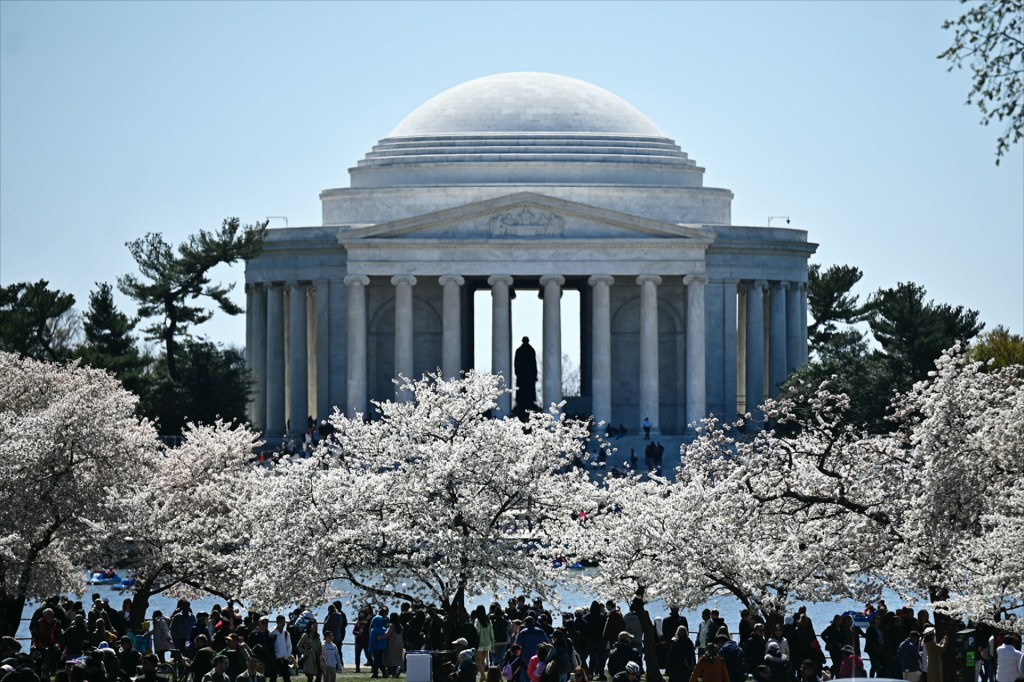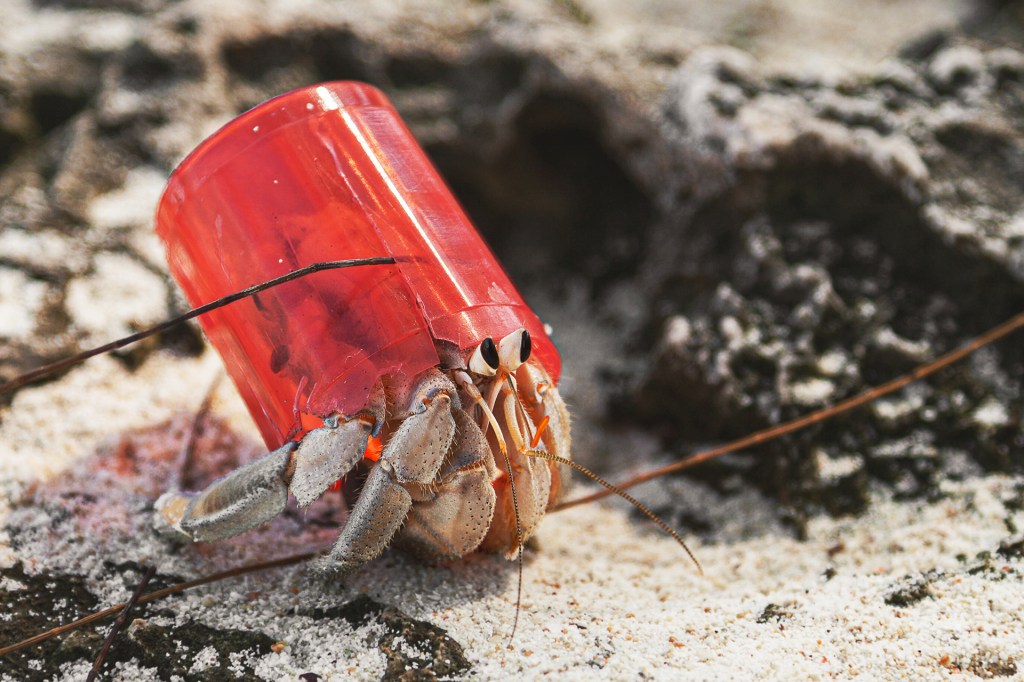Sea Change

Enric Sala is standing under a replica of a right whale at the natural history museum in Washington, D.C. It’s the summer of 2023. Outside, the air is smudged with wildfire smoke drifting down from Canada. But Sala is talking about whale poop.
That poop is food for tiny ocean organisms called plankton, Sala says. As it takes in sunlight, plankton absorbs carbon dioxide. Then it sinks to the seafloor, where it traps the planet-warming gas. Fewer whales in the ocean means less plankton. That means more carbon dioxide in the atmosphere, which creates the heat driving wildfires, like the ones causing the smoke outside.
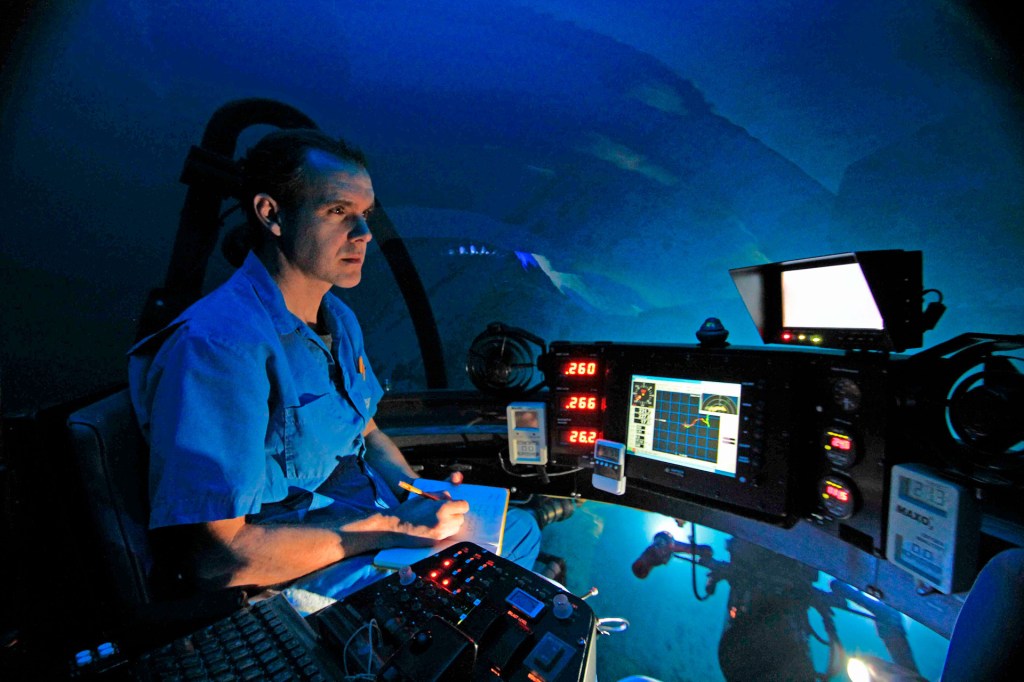
TAKING NOTE Enric Sala, founder of National Geographic’s Pristine Seas program, observes marine life from a submarine off the coast of Chile.
AVI KALPFER—NATIONAL GEOGRAPHICSala is good at explaining scientific concepts in simple terms. That makes him an effective ocean advocate. He has rallied governments all over the world to commit to protecting their coastlines and oceans. And his Pristine Seas project identifies the oceans’ most biodiverse biodiverse having many different species of plants and animals (adjective) Rainforests are biodiverse, because lots of different plants and animals live in them. places in need of protection. It has already gotten 2.5 million square miles of coastline and ocean set aside as marine protected areas.
Protecting oceans can lessen the effects of burning fossil fuels more cheaply than any new technology, Sala says. The consequences for the planet could be far-reaching. “The more nature we have, the more nature will be able to absorb our impacts,” he says.
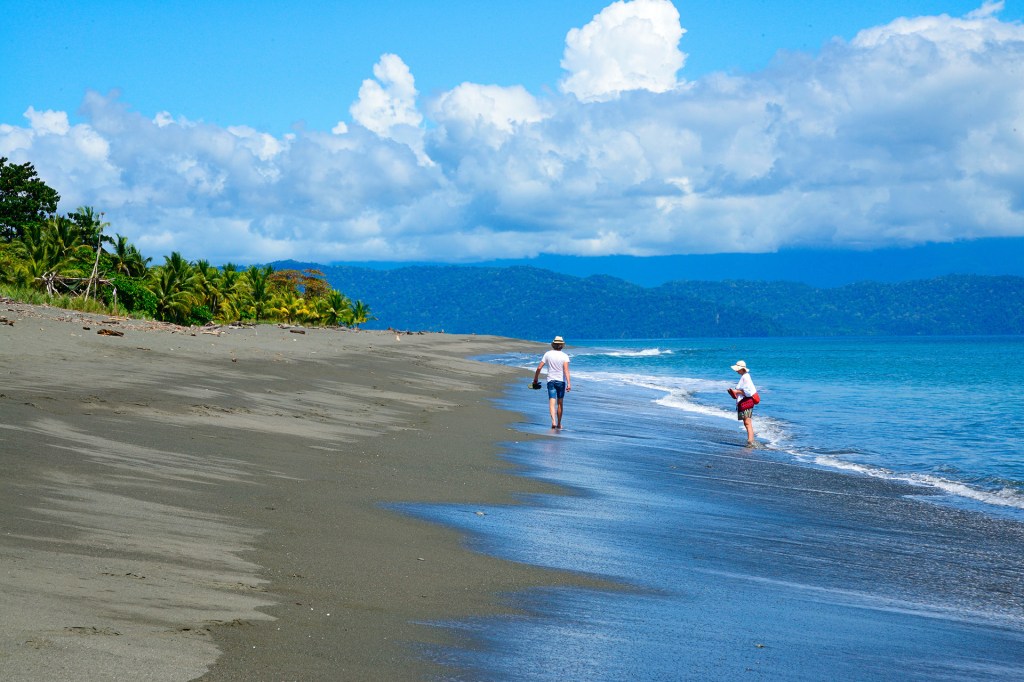
SAFE SPACE Fishing and dumping are not allowed on protected coastlines, like this one in Costa Rica.
PAOLO PICCIOTTO—REDA&CO/UNIVERSAL IMAGES GROUP/GETTY IMAGESMaking the Case
About 40% of the world’s oceans are experiencing a marine heat wave. That’s according to the National Oceanic and Atmospheric Administration. Increasing ocean acidity is weakening habitats that nourish or shelter a quarter of all marine life. People are affected, too. Fish that live in coral reefs provide food and income to a billion people around the world.
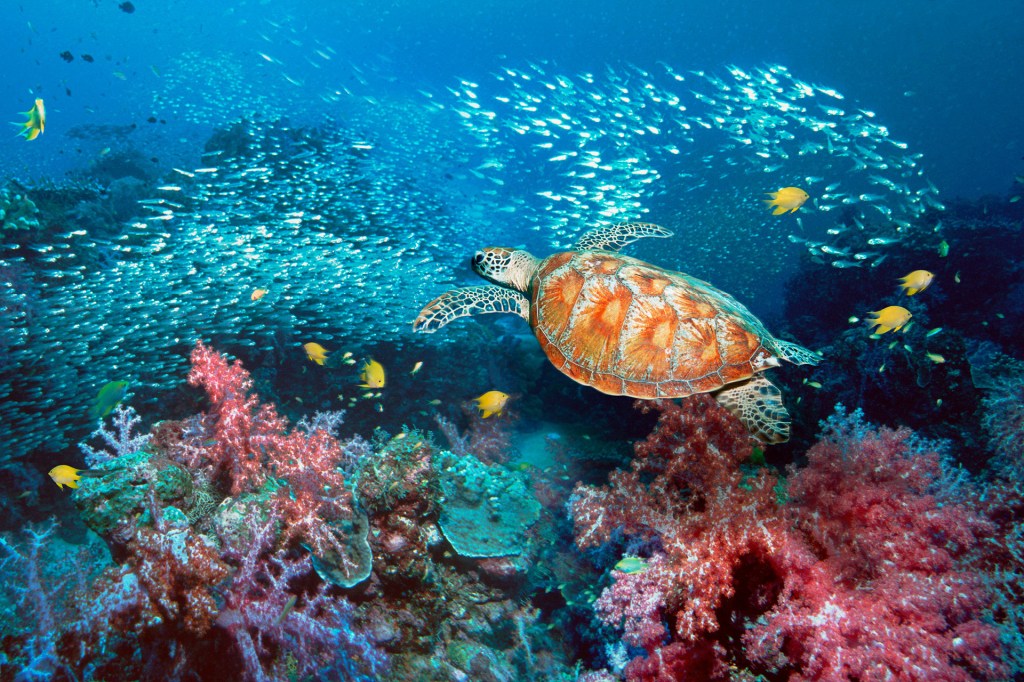
WILDLIFE Coral reefs, like this one in Thailand, are some of the most biodiverse places on Earth.
GEORGETTE DOUWMA—GETTY IMAGESSala’s solution is to identify the areas of richest biodiversity and protect them. That requires help from people who can make a difference. In 2007, Sala founded Pristine Seas, with the National Geographic Society. It sends divers, submersibles, and cameras into the sea and makes documentary films. The aim is to persuade governments to protect their coastlines.
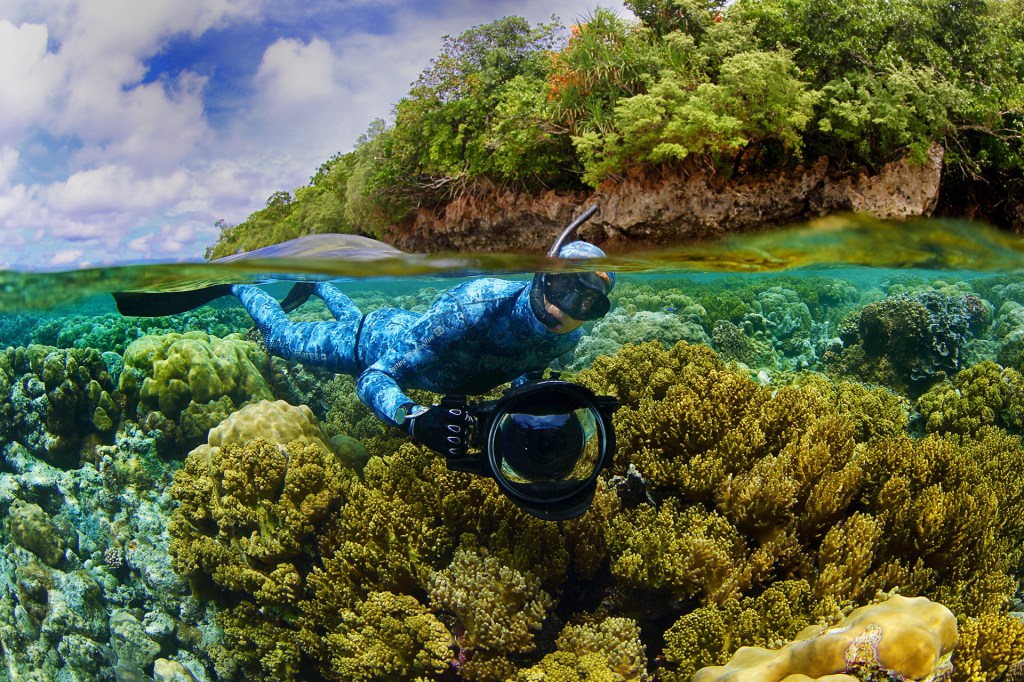
TAKING A DIP Sala explores a coral reef in Palau for the Pristine Seas program in 2014.
MANU SAN FÉLIX—NATIONAL GEOGRAPHIC PRISTINE SEAS“We take presidents, ministers with us,” Sala says. “They come out of the submarine saying, ‘This was the most transformative experience of my life.’” After an expedition in 2022, then-president Iván Duque of Colombia more than doubled the country’s marine protected areas.
A Simple Idea
Sala’s key sales point is hope. It’s an antidote antidote something that counteracts the effects of poison (noun) I carry the antidote for a bee sting in my purse. to the grim stories we hear in climate news. “Offering an option to protect and restore the vibrancy of ocean ecosystems” is very appealing, marine ecologist Jane Lubchenco says. “People can actually see there’s something they can do.”
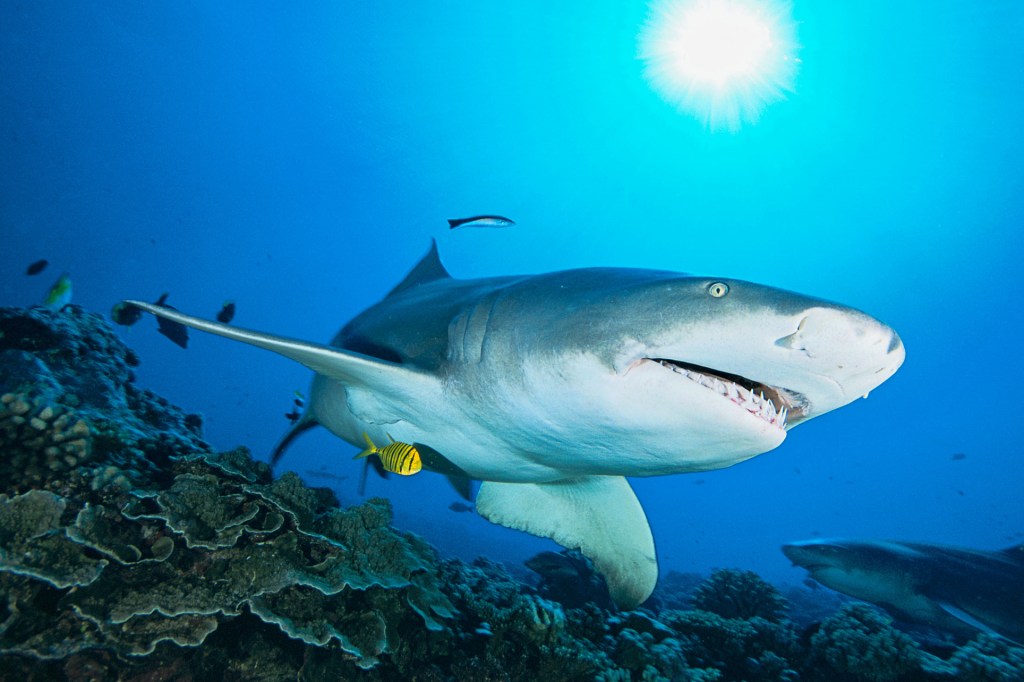
KEEPING A BALANCE Sharks and the animals they feed on are part of the healthy ecosystem around a coral reef.
ALEXIS ROSENFELD—GETTY IMAGESNature can bounce back, Sala says. Bleached coral reefs (see “Color Fade”) can recover. But that’s only when they’re part of a balanced ecosystem, with predators like sharks and the animals they prey on. “The only way to have more marine life is to set some places aside so it can thrive,” he says. “It’s as simple as this.”
Color Fade
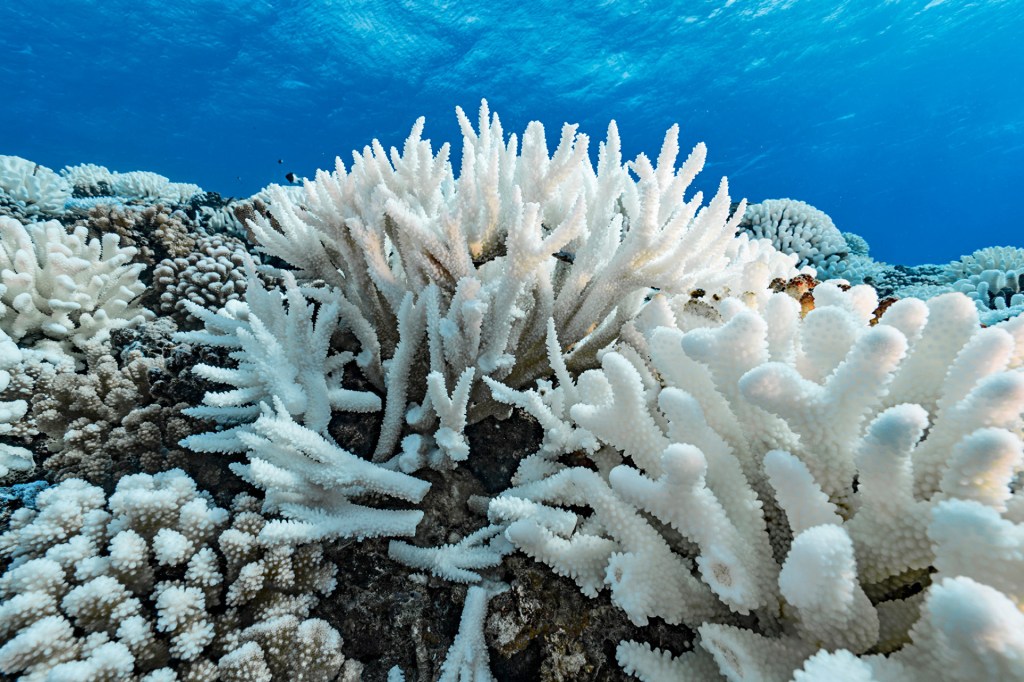
One way to spot an unhealthy coral reef is by its bleaching. This happens when corals are stressed by changes in conditions, such as warming waters or pollution. Coral gets its color from algae. These tiny organisms live in the coral, and are also its food. But under stress, algae leave home. This deprives the coral of nutrients, causing it to turn pale. Fish and other marine animals that depend on the coral leave too, upsetting the ecosystem.






